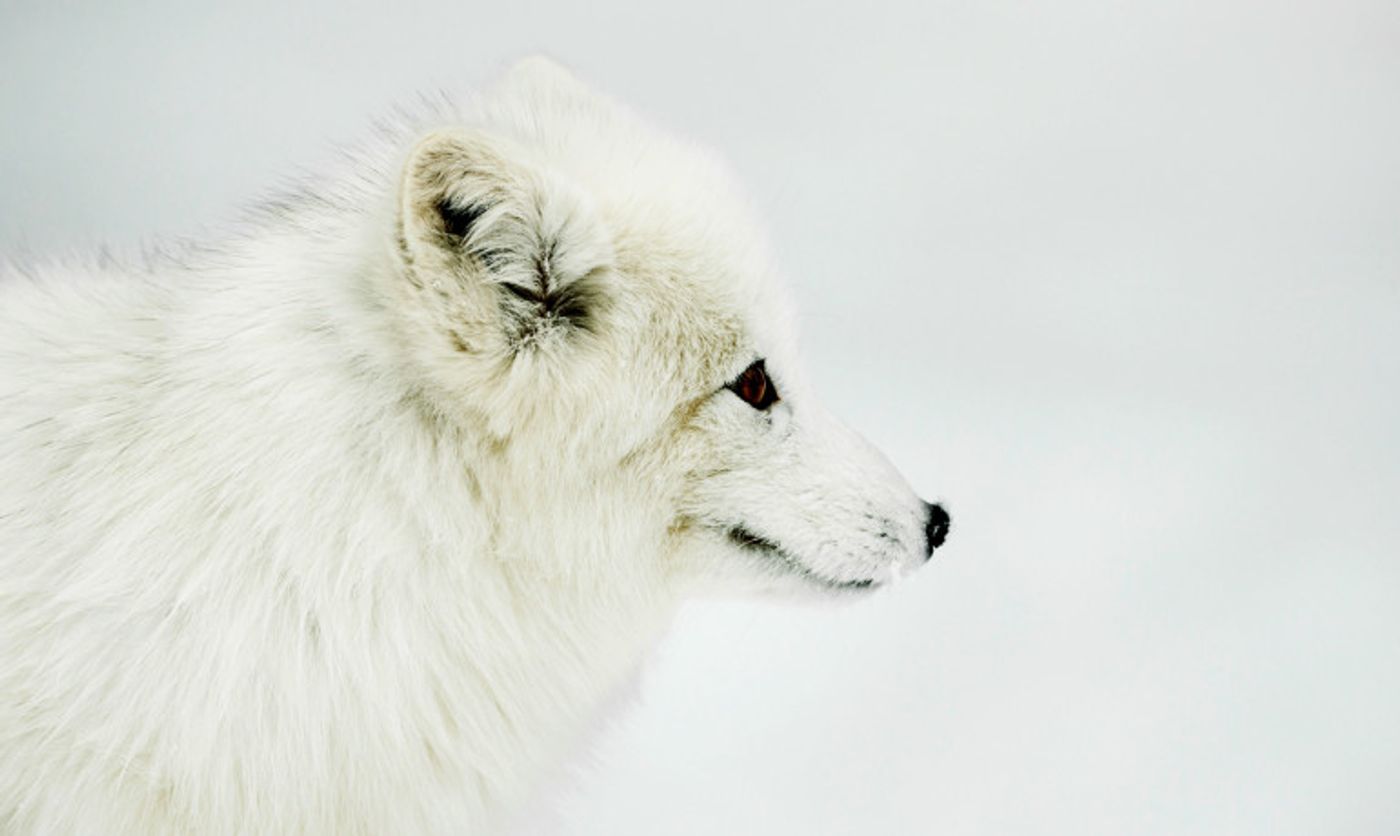How do birds and mammals maintain near-constant body temperatures as the environmental temperature fluctuates, sometimes wildly? It’s just not about body size, according to new research.
Biologists’ model for thermoregulation comes from the work of Laurence Irving and Per Scholander with Arctic animals and birds in the 1950s.
To stay comfortable, the Scholander-Irving model says, warm-blooded birds and mammals must balance their metabolic heat production with their heat loss to the environment.
Since body size affects both rates, biologists have long speculated larger animals are better adapted to colder environments, and smaller ones to warmer ones. But when a group of scientists at the University of New Mexico looked at the geographic ranges of 6,356 species of birds and 2,648 species of mammals, they found that birds and mammals of nearly every size live basically everywhere.
If they’re not changing size, how do species adapt to different environmental temperature ranges?
The scientists were able to use newly compiled physiological data to show that they adapt their metabolic rate and their “thermal conductance.” Changes in body size play only a minor role.
Fur, ears, and legs
“We were interested in understanding ways other than body size that species can adapt their physiology and morphology in order to deal with environmental temperatures,” says Trevor Fristoe, now a postdoctoral research associate in biology at Washington University in St. Louis. He’s lead author of the study published in the
Proceedings of the National Academy of Sciences.
“So we developed a method of measuring adaptation to the thermal environment independent of body size. We incorporated changes in both the rate of heat production via a species’ metabolism as well as thermal conductance—the loss of bodily heat to the environment.”
A fox, for example, has a higher basal metabolic rate than a sloth.
Thermal conductance is affected by insulation such as thick fur, or body parts such as big ears or long legs that can help to dissipate heat.
To test their model, the scientists collaborated with researchers at Ghazi University in Pakistan and the Senckenberg Biodiversity and Climate Research Centre in Frankfurt, Germany, who had compiled data on thermal physiology for hundreds of species of birds and mammals.
“Our ideas build on the Scholander-Irving model of heat transfer, which has been around for over 60 years,” Fristoe says. “However, it has only become recently possible to test these types of questions at such a large scale because of the growing availability of physiological data.”
A double tactic
Comparing physiological and environmental temperature data for 211 bird and 178 mammal species, the scientists demonstrate that birds and mammals have adapted to geographic variation in environmental temperature by concerted changes in both metabolic heat production and thermal conductance.
Fristoe and colleagues found that species combined these traits in a number of ways.
“It was possible to adapt to cold environments, for example, either by increasing metabolic heat production, decreasing thermal conductance, or both—the interaction between the two is what really mattered,” Fristoe says. “Our study extends a classic model in thermal physiology in order to understand adaptations to temperatures on a global scale.”
“Unraveling these various avenues of adaptation to thermal environments has important implications for understanding how species respond to past, present, and future climate change,” he says.
This article was originally published on
futurity.org









